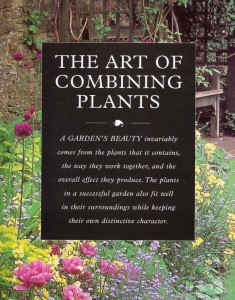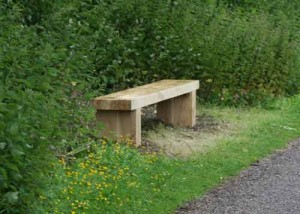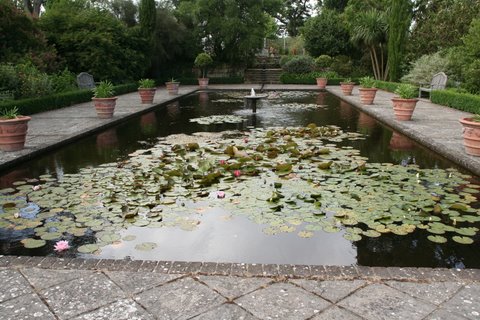The University of Greenwich has re-done much of its paving with resin-bound gravel on its Maritime Campus. It has one the most scenic campuses in Britain and certainly needs to be ‘paved with care’. But was resin-bound gravel the best choice?
Some of the pedestrian paving, usually adjoining buildings, is done with a beautiful riven sandstone. It comes from Yorkshire and has the local name Yorkstone. This is an excellent material. Other pedestrian paving, often running through grass areas, is ungraded gravel. This too is a good choice, though it is hard to fathom why they used granite instead of the local flint.
Most of the new paving on the campus is resin bound and uses a small-diameter flint gravel aggregate (2-4mm). For the central roadway this was a good choice. A bitumen macadam basecourse supports the weight of vehicular traffic. But the road is used as much by pedestrians as by vehicles and it was well worth the extra expenditure on resin bound gravel to hide the bitumen.
But I can’t see the point of having used resin-bound gravel for purely pedestrian walks or for the new car parks: (1) it costs a lot more money (2) it is impermeable and therefore works against Sustainable Urban Drainage System (SUDS) objectives (3) it does not have that nice crunchy sound you get from gravel (4) it looks phoney – like a plastic imitation of gravel (5) it is out of keeping with the historic character of the Maritime Campus – where unbound flint gravel is the traditional material.




 The
The